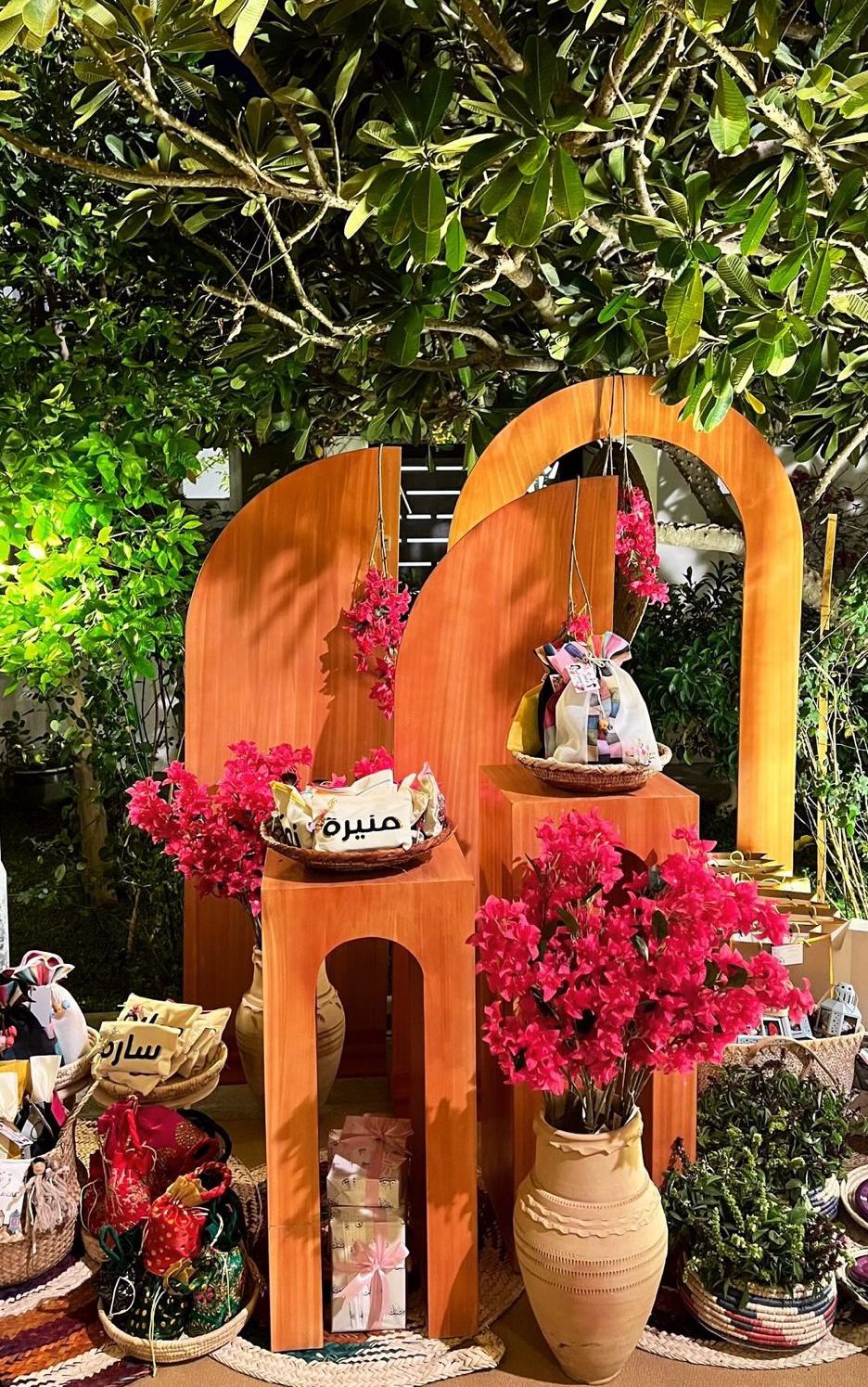The Garangao tradition is regarded as an opportunity to spread love, happiness and affection between adults and children.
Qatar marked the annual festival of Garangao on Wednesday with thousands of families taking to the streets and lighting up their houses to celebrate the tradition.
Hundreds of families flocked to the Doha Corniche and Lusail Boulevard to join in on the celebrations, which fall on the 14th night of Ramadan every year.
The first of its kind celebration at Corniche included stage performances, art workshops, a batoola workshop, a sadu bracelet workshop, a henna section, polaroid instant pictures, a fashion display, and a delicious array of delicacies.
Doha’s streets are filled with parades, activities and joy as the children of Qatar are celebrated for their fasting during Ramadan! pic.twitter.com/u6nEHWll4J
— Doha News (@dohanews) April 5, 2023
More than 150 children dressed in traditional clothing also took part in a fashion show to determine the eight best dressed to the backdrop of laser beams piercing the skies above the Corniche.
Miles away in Lusail Boulevard, the newly-established tourist hotspot was lit up in lights and decorated with Ramadan lanterns as families and children paraded up and down the strip.
A group of young people dressed in traditional clothing were seen roller blading down the road, which has transformed into a pedestrian only area throughout the evenings of the holy month of Ramadan.
Festivities continued across the country throughout the night, including at the iconic Fire Station Al Maha Island, Al Shaqab, Katara Cultural Village, Msheireb Downtown Doha, West Walk, and 900 Park.
Shopping malls in the Gulf country also hopped on Garangao celebrations, including Galeries Lafayette, Al Asmakh Mall, City Center Mall, Ezdan Mall, Doha Festival City, Mall of Qatar, and Tawar Mall.
What is Garangao?
Garangao commences after the sunset prayer on the 14th night of Ramadan, in which people dress in vibrant traditional clothing before gathering at homes or at events set up across the country.
Marking the middle of Ramadan, Garangao is designed to ‘honour’ children and reward them for completing fasting the first half of the month. This in turn, encourages them continue fasting for the rest of Ramadan.

On the eve of Garangao children go around their neighbourhoods knocking on doors and upon greeting the residents – sing traditional songs. They are then met with sweets and gifts from families in the area.
Although the festival’s origins are unclear, it continues to be a celebration that is only observed in the Gulf Cooperation Council (GCC) countries and Iraq, and is referred to by different names by each nation.
In United Arab Emirates the event is celebrated on the 15th of Shaaban which falls roughly at the end of March.
In Qatar the festival is known as Garangao while in Kuwait it is called Gargee’aan or Girgian. In Saudi Arabia, people celebrate Karkee’aan or Qariqaan, with people in Bahrain naming it Gargaaoun. Garangashoch, At-Tablah or Qarnaqosh are names used by Omanis to refer to this day, whilst Emiratis refer to it as Hag Al Leylah. Iraqis refer to the festival as either Majeenah or Garangao.
During the night, girls are typically dressed in thobe el nashal, a radiant fabric embroidered with golden threads, along with a bakhnaq headscarf. Around their necks, cultural jewellery sit to complete the attire.
Boys are usually dressed in a new white thobe along with a qahfiya over their heads, an Islamic cap though this is usually embroidered with silver threads for Garangao. Some boys also wear the embroidered sudairi, a traditional robe that is placed over the thobe.
The traditional song
As they go around their neighbourhoods, children often sing a unique song reserved for the festival. The song is intended to call on God to bless the youngest child of the family and to keep him or her healthy.
The “Garangao Girga oh, Atoona Allah yateekum, Bayt Makkah yawadeekum, Ya Mecca Yal ma’amoora, Yam il salasil wal thahab ya Noora, atoona min maal Allah, yeslam lakom Abdullah,” chant reverberates across the streets in Ramadan, marking the passing of half of this holy month.
The song can be loosely translated to: ‘Garangao Girga oh, give us [sweets], may God give you more, and send you to the House in Makkah. Oh Noor, with the gold necklace, give us from the blessings of God, may He bless [your child] Abdullah.’
The ending of the song can change according to the family name of the house the children visit (if known), otherwise the previously stated song remains the same.
The song varies from country to country across the GCC and Iraq.
Different theories behind the word ‘Garangao’
The origin of the word has several interpretations. One such theory states that the word Garangao comes from the Arabic term for ‘joy of my eye’ which is believed to have been coined by Prophet Muhammad to refer to his eldest grandson, Imam Hassan ibn Ali, on the occasion of his birth during Ramadan.
It is believed by some that upon the celebration of this occasion, people at the time gathered in the street playing the drums to mark the special day and called it Gargee’an
The Arabic term is also mentioned in the holy book of Qur’an in Surah Al-Furqaan, verse 74. The verse translates to: “Our Lord, grant us from among our wives and offspring comfort to our eyes and make us a leader [i.e., example] for the righteous.”
Another interpretation of the word Garangao comes from the Gulf word ‘gara’, which connotes the sound of things knocking against each other, such as the sound of nuts and sweets in the bags that children carry around their necks, or the sound of the children knocking on people’s doors.


